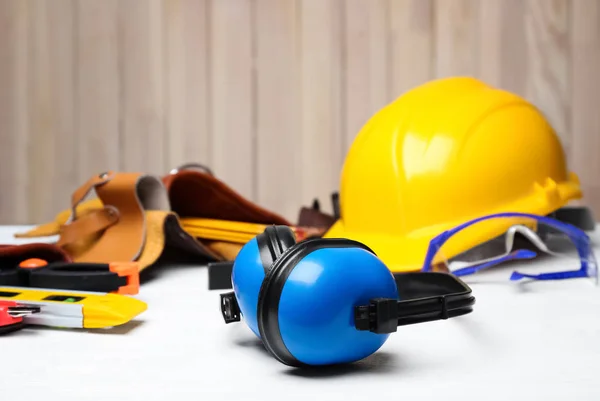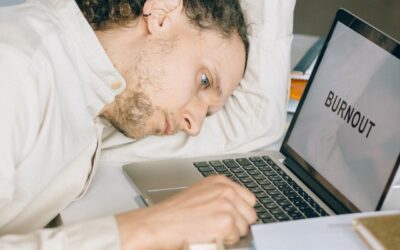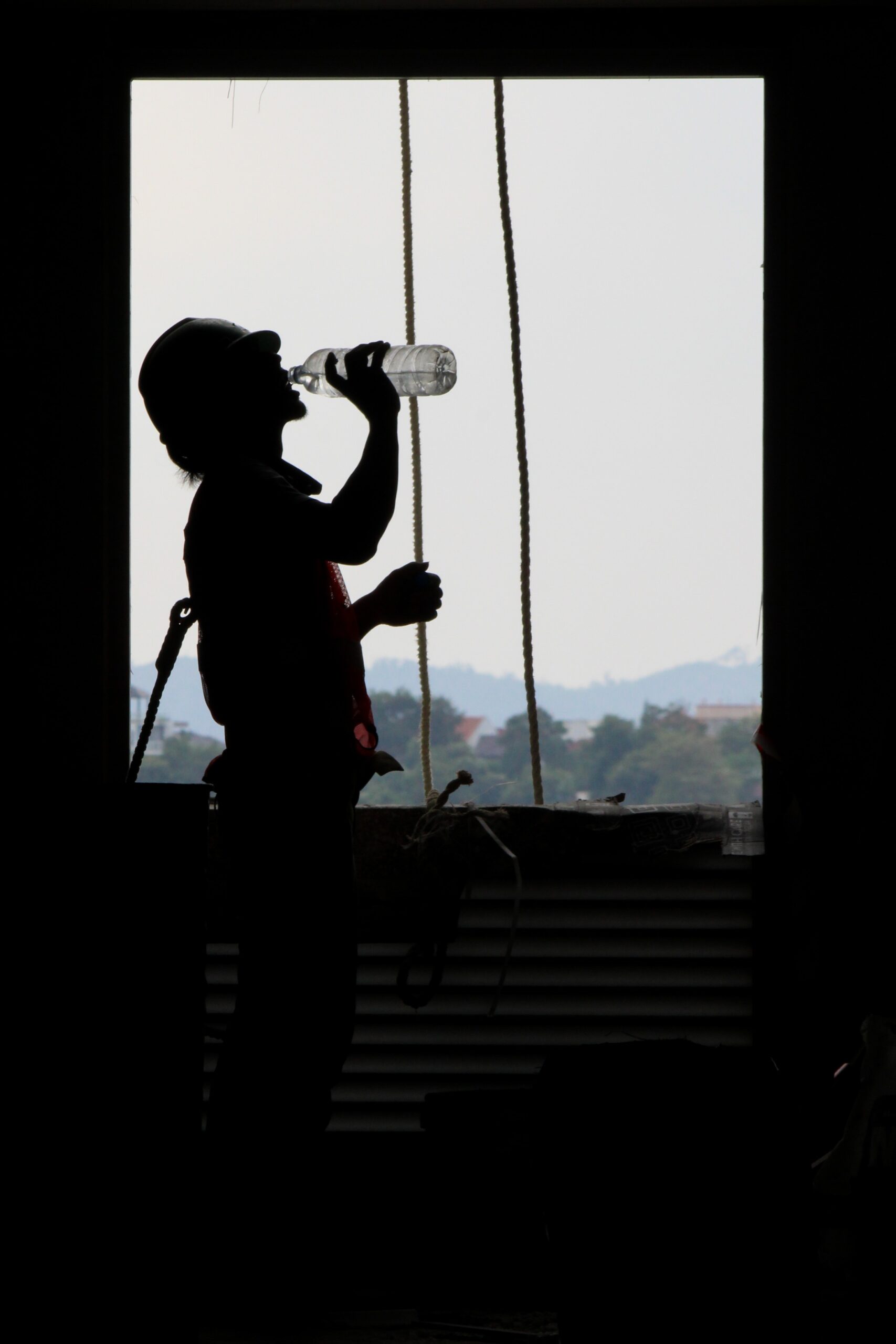Noise Exposure
What is Noise?
Noise is defined as unwanted sound and exposure to loud and prolonged noise can damage hearing. Noise is measured in units called Decibels (dB). The louder a noise is, the higher the dB reading it will have.
Where you could be exposed to excess noise levels:
♦ Around loud mobile equipment
♦ While using hand/powered tools
♦ Idle Vehicles or Motors
♦ Other contractors work processes
♦ Permanently stationed equipment
Permissible Exposure Limits– PEL
♦ OSHA has set Permissible Exposure Limit or PEL that is
referred to in order to protect workers from
experiencing hearing loss while at working in loud
environments for extended periods of time.
♦ The OSHA PEL is 90dB over the course of an average 8 hr work shift (TWA).
♦ OSHA also developed and enforces an “Action Level” that require employers to train, educate, and take action to ensure employees are not exposed to excess levels of noise.
♦ The OSHA Action Level is a 85dB over the course of an average 8hr
work shift (TWA).
Under no circumstance should a worker ever be exposed to noise
levels measuring equal or excess to 115dB.
♦ OSHA Table G-16 illustrates the maximum amount of time
workers are permitted to be exposed to different noise levels.
Selecting PPE
Follow the following steps to ensure you are selecting the proper form of hearing protection. ♦ Identify noise exposure
♦ Refer to table G-16 to see if hearing protection shall be needed.
♦ Utilizes engineering controls & administrative controls before resorting to PPE ♦ Calculate new exposure by finding the noise reduction rating given on your PPE. How to Calculate New Exposure
⇒ Subtract seven from the NRR number which is given in decibels.
⇒ Divide the result by two
⇒ Subtract the result from the original noise exposure level in decibels
Types of PPE
Disposable Ear Plugs: Typically, are for single use, and are inserted directly into the ear canal.
Earmuffs: Cover the ear and limit the amount of noise entering the ear from outside of the ear canal.
Audiometric Testing
Employers must provide audio metric testing to employees who are exposed to 85 Db or greater. (TWA 8hr)
Annually audiometric testing shall also be completed for those employees exposed to noise exposed to 85 Db or greater. (TWA 8 hrs).
Hearing Conservation
How Does Hearing Loss Occur?
Hearing Loss occurs when sound waves enter the ear canal, causing the eardrum to vibrate. When the eardrum vibrates to hard for too long, damage occurs to the physical structures of the ear causing hearing loss. Once hearing loss occurs, you can not regain hearing.
Hearing Conservation
Below are steps to take to ensure hearing loss does not occur:
♦ Identify and remove noise producing equipment
from the work area.
♦ Relocate noise producing equipment using leads,
extensions etc if possible.
♦ Install noise absorbing foam into enclosed areas if
you must work inside.
♦ Check with manufactures if there are noise
suppression attachments or features to
equipment you may be using.
♦ Utilize NIOSH approved ear muffs or ear plugs
when exposed to noise levels above 85Db.





